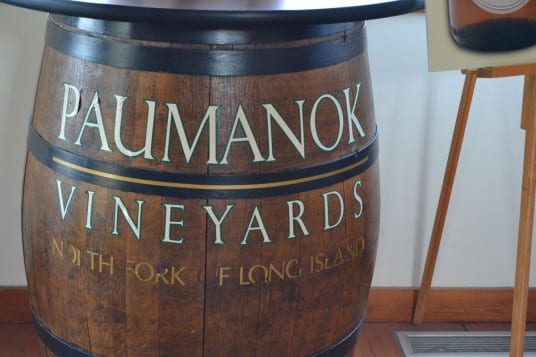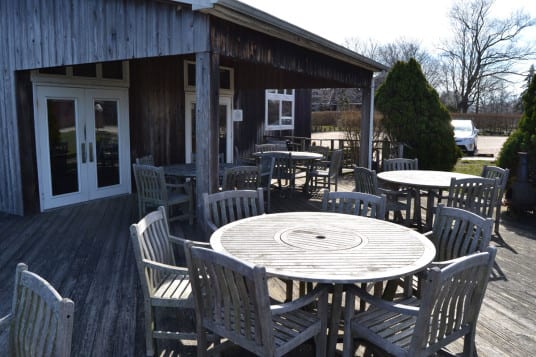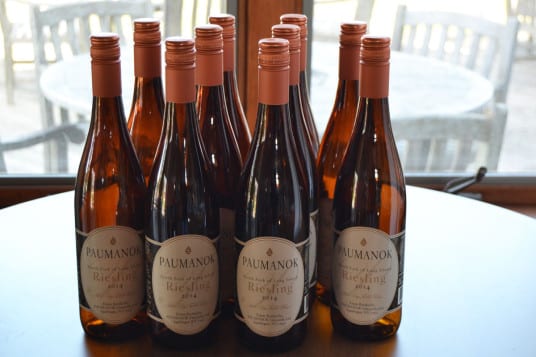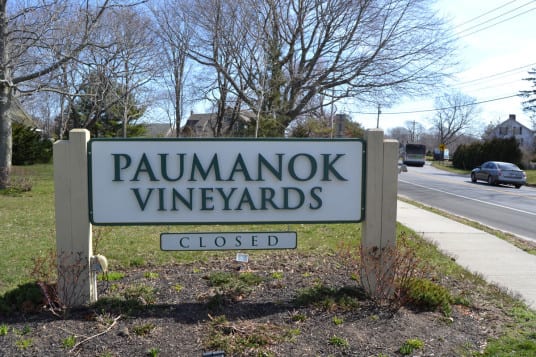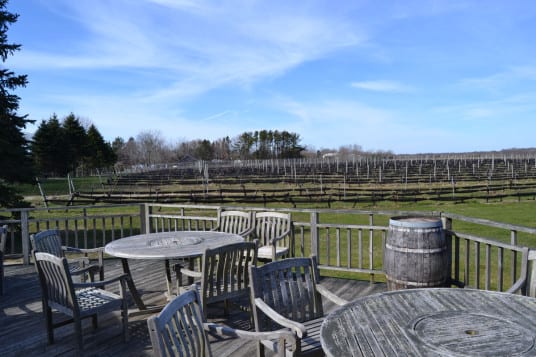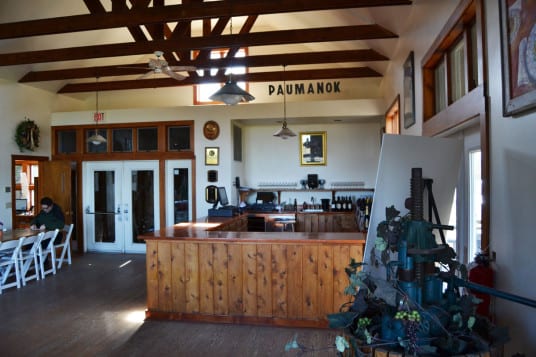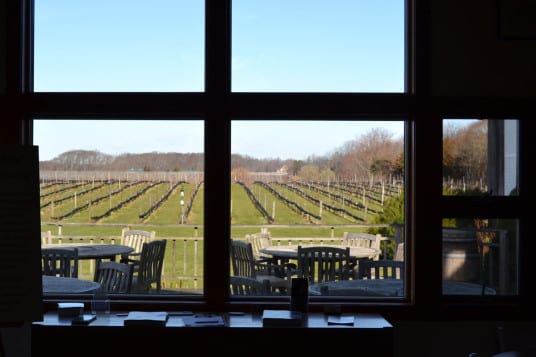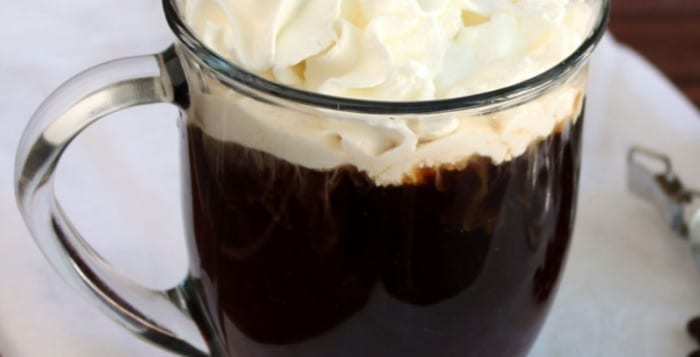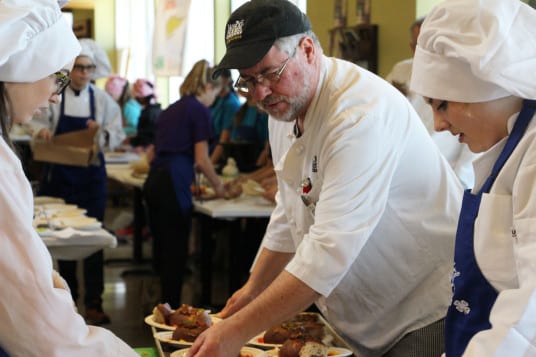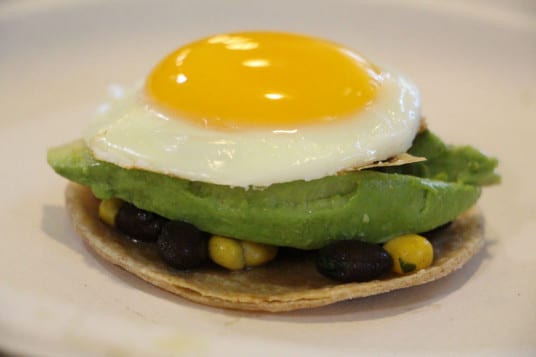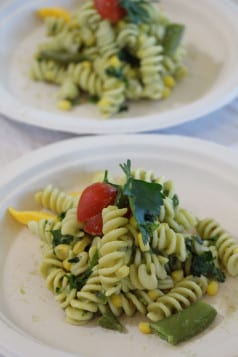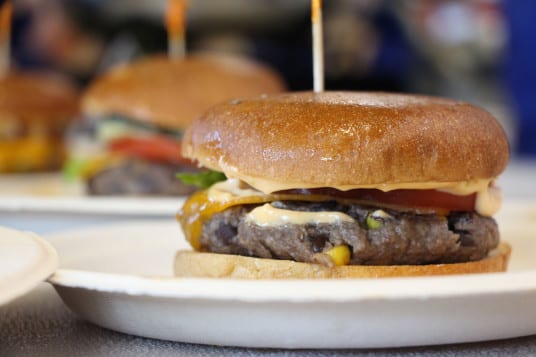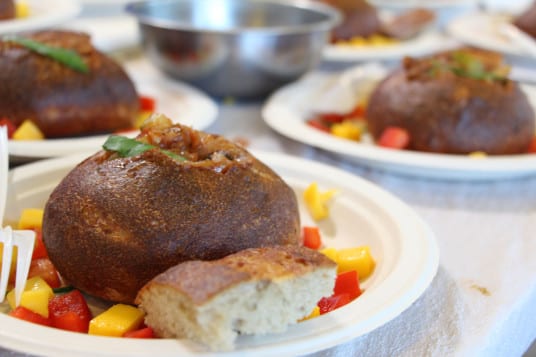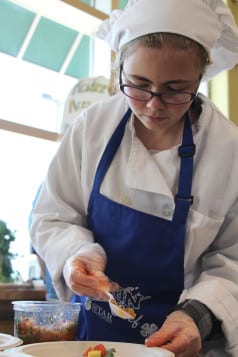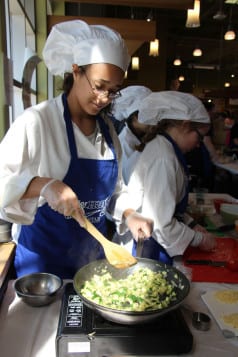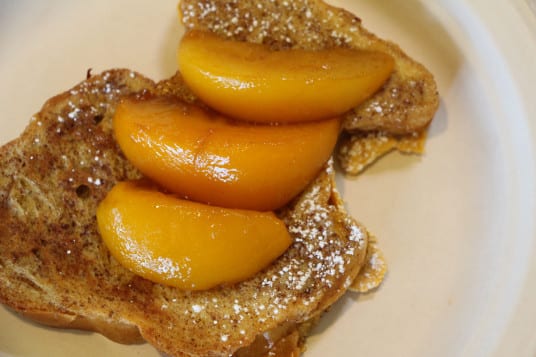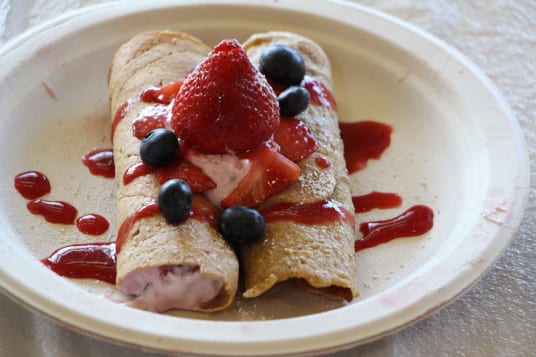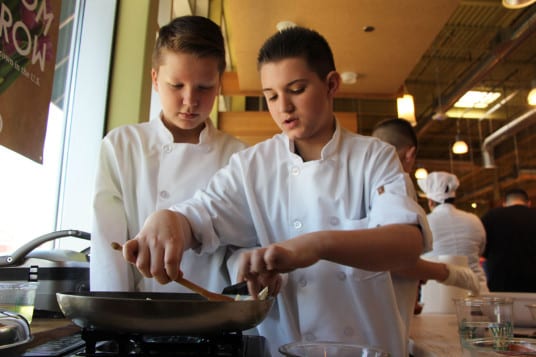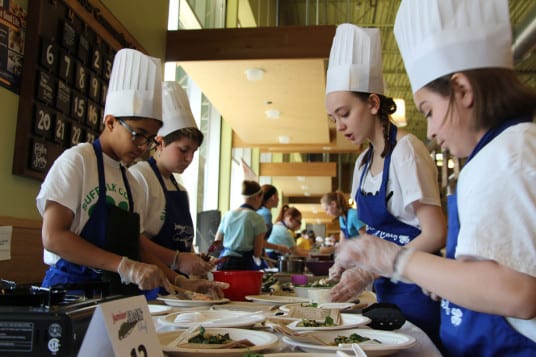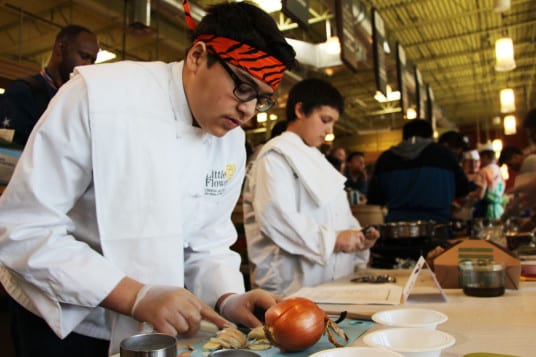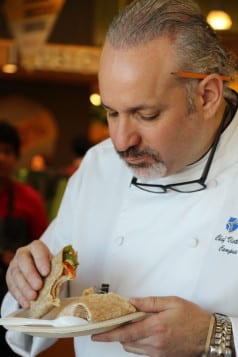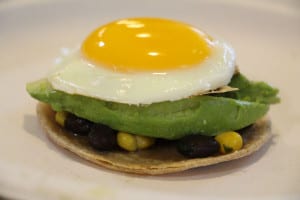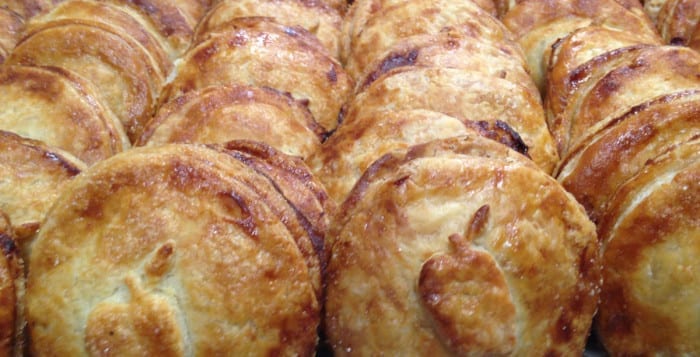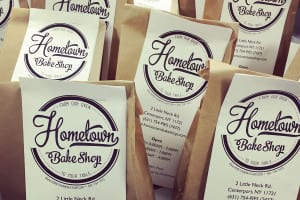The Crushed Olive in Huntington has long been a destination for residents with an adventurous palate — now it is a haven for cheese lovers as well.
Huntington’s Patrick Ambrosio, 59, opened Le Bon Fromage in April. Located inside specialty olive oil shop The Crushed Olive, Le Bon Fromage features local and international fresh, cut-to-order, artisan cheeses. Ambrosio is the resident professional cheesemonger, a title he has held for about 20 years.
“I always wanted to do something like this here,” he said in an interview last week. “I’m excited to bring some good cheese to the Huntington community.”
Ambrosio grew up in East Northport. By the time he was 30, he attended culinary school and spent time living in California, working as a chef at a winery and a cheesemonger at a restaurant.
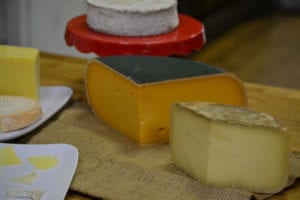
All the while, Ambrosio said opening a business like Le Bon Fromage was in the back of his mind. He decided to give it a shot for a number of reasons, most important of which was to be able to spend more time with his wife, Gale, and his 7-year-old son, Ethan.
Ambrosio said he understands cheese, especially those with foreign names and unusual smells or textures that can be intimidating for eaters. He said his goal is to be approachable and informative.
“That’s the fun part of cheese, you take people on a little journey with it,” the cheesemonger said. “I very much believe in the products I represent. I’ve been doing this for close to 20 years now. I live in Huntington and I kind of want to bring that to Huntington.”
Ambrosio acknowledged apprehension from shoppers who are becoming more and more concerned with what they are feeding their families.
“There’s a whole growing market of people who don’t care if it’s a little bit more [money]; they want to know how it’s produced,” he said. “I do have some organic cheeses but while most of them may not be organic, they’re produced to a standard that is better, almost.”
That’s not to say Le Bon Fromage’s prices are hard to swallow.
Ambrosio’s goal is to offer styles and flavors that are not necessarily the norm for the American consumer. His favorite, though he said it’s difficult to choose just one, is the French Comté Marcel Petite.
“I’ve tried to put a good cross section of cheeses together,” Ambrosio said. Le Bon Fromage also offers various salamis from American producers.
The response to Le Bon Fromage during its short run has been positive, if reviews on the shop’s Facebook page are to be believed. One shopper called it “an amazing gem in the heart of Huntington village.” Another complimented Ambrosio, saying, “You won’t find a more knowledgeable purveyor of cheese.”
The cheese expert said he takes care to make sure customers enjoy every part of shopping at Le Bon Fromage.
“I think a big part of it is you have to provide an interesting and good shopping experience for people, and that’s intangible. You don’t take [that] home and you don’t eat it, but that’s part of the experience too.”
Le Bon Fromage and The Crushed Olive are located at 278 Main St. in Huntington.

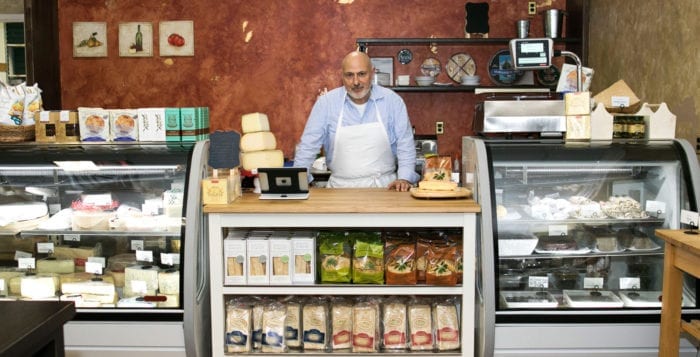
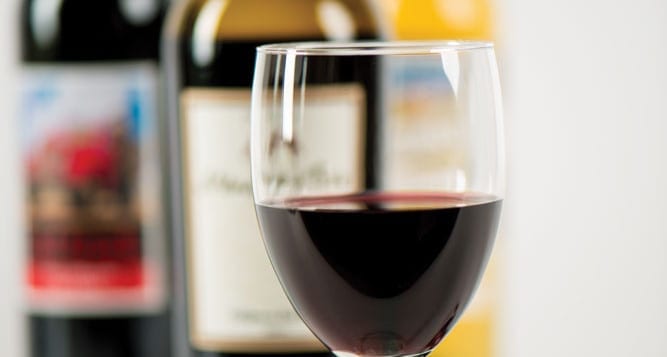
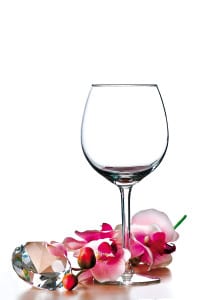 NV Ferrari Brut — Trento, Italy
NV Ferrari Brut — Trento, Italy
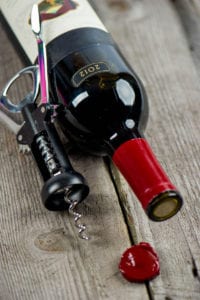 Palmer Vineyards, 5120 Sound Avenue, Riverhead
Palmer Vineyards, 5120 Sound Avenue, Riverhead

